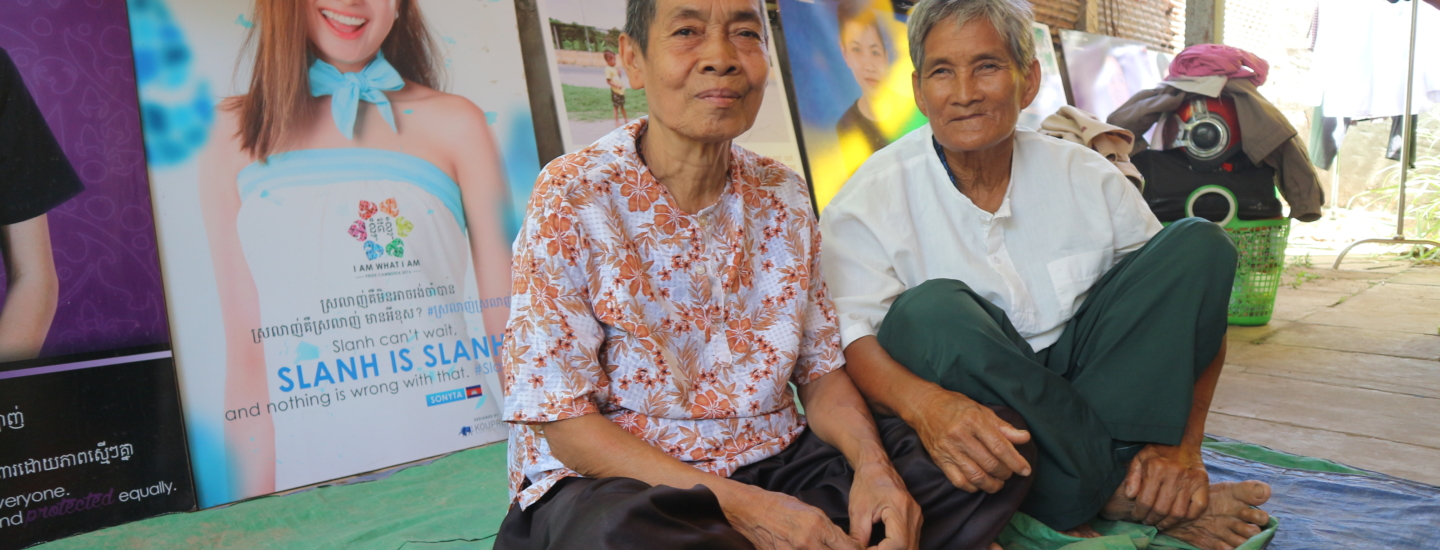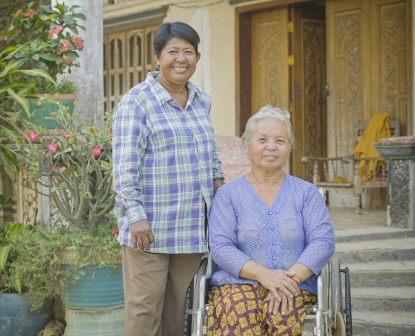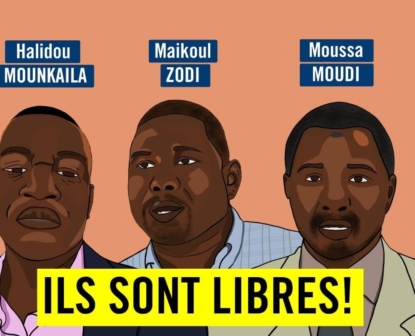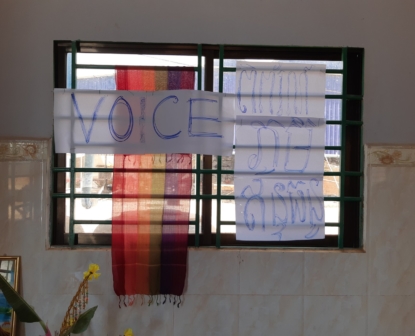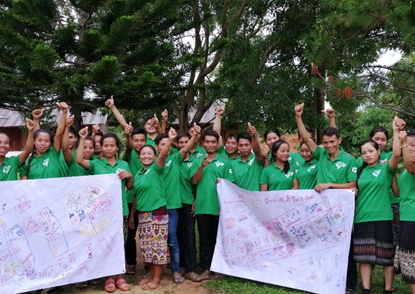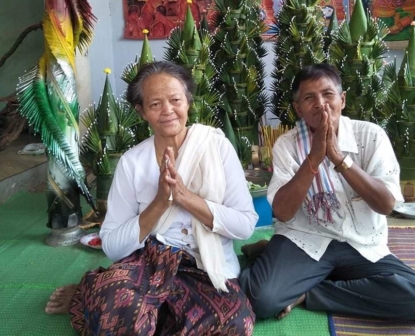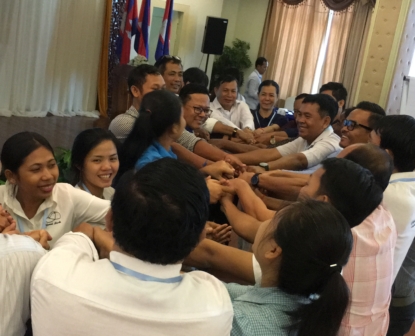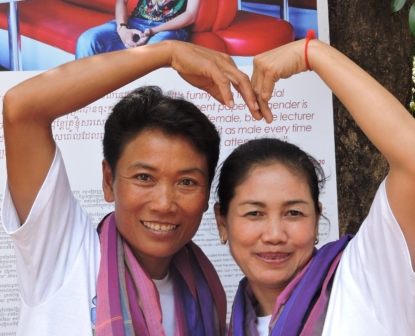Project
My Voice, My Story. Reducing stigma for LGBTQI community
-
Amount Funded
24,952 EUROProject Duration
01 Aug 2017 - 30 Nov 2018 -
-
Lead organisation
-
CamASEAN Youth’s future envisions Cambodia and ASEAN countries to advocate for peace by promoting, respecting, protecting, and fulfilling human rights, while pushing for socio-economic justice of minorities, marginalised and diverse citizens. It aims for people in Cambodia and ASEAN to receive equal respect, acceptance, and protection from all sectors within the society. Its mission is to combat discrimination against minorities and diverse people including lesbian, gay, bisexual, transgender, queer, and intersex (LGBTQI), young girls living with HIV/AIDs, sex workers, drug users, people with disabilities, widowed/single parents, elderly people, and indigenous and other ethnic people by strengthening the capacities of activists pushing for their rights. CamASEAN is a Cambodian-led group responding to the needs of the Cambodian young community regardless of educational attainment and location. It creates a space to practice choice freely and by themselves, the desire to live independently and to learn and develop skills and knowledge to build a peaceful world.
-
Organisation
CamASEAN Youth’s future envisions Cambodia and ASEAN countries to advocate for peace by promoting, respecting, protecting, and fulfilling human rights, while pushing for socio-economic justice of minorities, marginalised and diverse citizens. It aims for people in Cambodia and ASEAN to receive equal respect, acceptance, and protection from all sectors within the society. Its mission is to combat discrimination against minorities and diverse people including lesbian, gay, bisexual, transgender, queer, and intersex (LGBTQI), young girls living with HIV/AIDs, sex workers, drug users, people with disabilities, widowed/single parents, elderly people, and indigenous and other ethnic people by strengthening the capacities of activists pushing for their rights. CamASEAN is a Cambodian-led group responding to the needs of the Cambodian young community regardless of educational attainment and location. It creates a space to practice choice freely and by themselves, the desire to live independently and to learn and develop skills and knowledge to build a peaceful world.
-
Project
My Voice, My Story uses participatory photography as a tool for social change working with largely marginalised and invisible LGBTQI people in Cambodia. The project uses visual narratives as a technique to raise awareness concerning marginalised groups to advocate for their rights, and ensure that they gain better access to public services. The visual narratives produced in the project are exhibited at a permanent exhibition space and displayed in events in various locations in Cambodia. The events use traditional music and theatre to engage the audience in a meaningful dialogue. The visual narratives are also disseminated on social media to target a wider audience online. It is hoped that this type of advocacy inspires marginalised communities within the ASEAN region to stand up for their rights.
-
-
My Voice, My Story uses participatory photography as a tool for social change working with largely marginalised and invisible LGBTQI people in Cambodia. The project uses visual narratives as a technique to raise awareness concerning marginalised groups to advocate for their rights, and ensure that they gain better access to public services. The visual narratives produced in the project are exhibited at a permanent exhibition space and displayed in events in various locations in Cambodia. The events use traditional music and theatre to engage the audience in a meaningful dialogue. The visual narratives are also disseminated on social media to target a wider audience online. It is hoped that this type of advocacy inspires marginalised communities within the ASEAN region to stand up for their rights.
-
My Voice, My Story, successfully used participatory photography as a tool for social change working with largely marginalised and invisible LGBTQI people in Cambodia. The project used visual narratives as a technique to raise awareness concerning marginalised groups to advocate for their rights, and ensure that they gain better access to public services. The visual narratives produced in the project are exhibited at a permanent exhibition space and displayed in events in Cambodia. The events used traditional music and theatre to engage the audience in a meaningful dialogue. The visual narratives are also disseminated on social media to target a wider audience online. This project made unexpected achievements by positively influencing public and family acceptance for the LGBTIQ community in Cambodia. This was done by showing the real, positive and normal lives of the LGBTIQ community in Cambodia through different advocacy types that had inspired marginalised communities within the ASEAN region.
A remarkable output of this project was that the project team produced results exceeding their agreed work plan! This is because CAMAsean found so many interesting LGBTQI stories to be documented. The reports show that some trans couples contributed their own resources to organise photo exhibitions at their homes.
The 16-month project achieved the results below: The project expected to interview only ten LGBTIQ couples for storytelling but reached seventy-five couples, with some interesting life stories for trans couples who had been together between 10 to 20 years. Read here some of the stories.
- Seven couples were selected as the pilot for the photo stories. Their stories were very powerful and were widely shown to their communities and the general public.
- Two empowerment workshops were conducted to train twenty LGBTIQ activists on how to take photos, videos, the use of social media and writing good stories.
- Thirty-six LGBTIQ couples were interviewed and posted in the Facebook page MyVoiceMyStory, Ranibow Life Museum and Legal LGBTIQ
- Successfully organised Rainbow Life Exhibition in 10 villages of the 10 different provinces. According to the final report, in every exhibition between 100-500 people over the course of two days showed up, local authorities also attending in some cases. This increases the acceptance at a local level, which is crucial to enhancing safety at a local level for LGBTQI couples. During the exhibition, there were Facebook live, short videos, photos talks and storytelling by the LGBTIQ and their supportive family members, speech by commune council, police and religious leaders.
- Special engagement by neighbours and the local authority inspired by the transgender community who continue with this effort to get more people to understand the various issues they face. They do this through storytelling and photos exhibition
- Ten elderly transmen become great storytellers after one year of working with the project.
My Voice, My Story: Reducing stigma for LGBTQI community
The project “My Voice, My Story” of CamASEAN, successfully used participatory photography as a tool for social change, working with the largely marginalised and invisible LGBTQI people in Cambodia. The project used visual narratives as a technique to raise awareness concerning marginalised groups to advocate for their rights and ensure that they gain better access to public services.
The visual narratives produced through the project are exhibited at a permanent exhibition space and displayed in events in Cambodia. The events used traditional music and theatre to engage the audience in a meaningful dialogue. The visual narratives are also disseminated on social media to target a wider audience online. This project positively influenced public and family acceptance for the LGBTIQ community in Cambodia by showing the real, positive and normal lives of the community through different advocacy types inspired by marginalised communities across the ASEAN region.
The project expected to interview only 10 LGBTIQ couples for storytelling. Remarkably, the project’s results exceeded the agreed work plan, because CamASEAN found so many interesting LGBTQI stories to be documented. It reached 75 couples, with some interesting life stories of trans-couples who had been together 10 to 20 years. 36 LGBTIQ couples were interviewed and posted on the Facebook page MyVoiceMyStory, Rainbow Life Museum and Legal LGBTIQ. Read here some of the stories.
2 empowerment workshops were conducted to train 20 LGBTIQ activists on how to take photos, videos, the use of social media and writing good stories. 10 elderly transmen become great storytellers after one year of working with the project. 7 couples were selected as the pilot for the photo stories. Their powerful stories were widely shown to their communities and the public.
Rainbow Life Exhibitions were organised in 10 villages across 10 provinces. In every exhibition between 100-500 people attended over the course of 2 days, with local authorities also attending in some cases. This increases LGBTQI acceptance at local levels, which is crucial to enhancing safety for LGBTQI couples. The exhibitions included Facebook live, short videos, photos talks and storytelling by the LGBTIQ community and their supportive family members, as well as speeches by commune councils, police and religious leaders.
The LGBTQI community was able to use project to inspire the engagement of neighbours and local authorities. The community members continue their efforts to get more people to understand the various issues they face through storytelling and photos exhibition. Some trans-couples even contributed their own resources to organise photo exhibitions at their homes.
-
News

